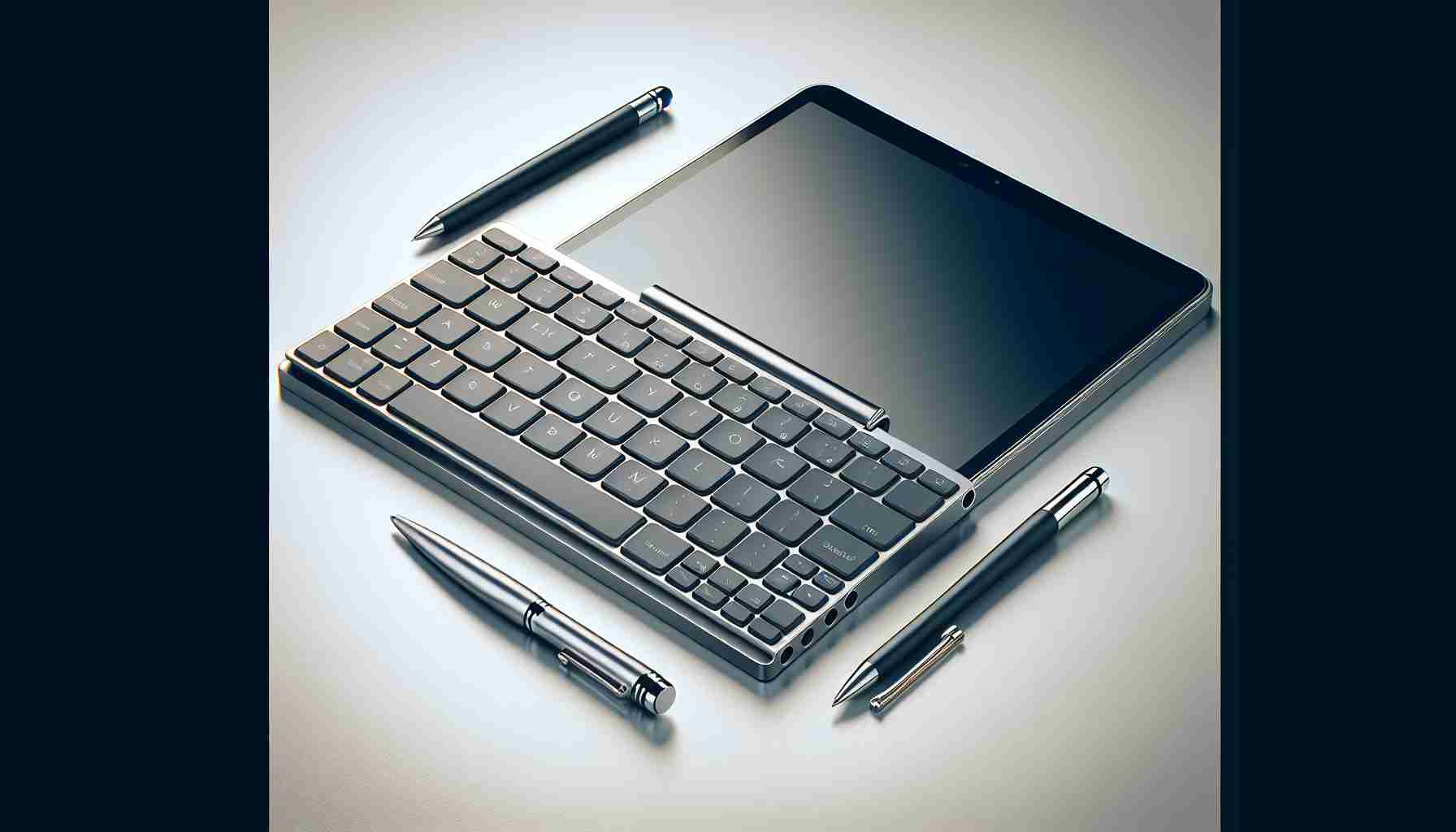Google’s venture into the tablet market is taking a new turn with the upcoming iteration of the Pixel Tablet. Insights from a social media insider have hinted at a significant shift in the product’s accessory lineup, potentially altering the device’s position in the tech ecosystem.
The original Pixel Tablet, known for its unique charging speaker dock, may soon emerge in a different avatar. The buzz is that the newest model could be accompanied by a stylus and a Bluetooth keyboard, both carrying a price tag of around €100 each. This move signals Google’s aim to morph the Pixel Tablet into a multi-functional device, possibly challenging laptops and Chromebooks for their spot in consumers’ lives.
As speculation mounts, tech enthusiasts are considering the possibility of an upgraded Pixel Tablet. Anticipated enhancements may include an increase in memory capacity, a more sophisticated display, or improved efficiency through the integration of the Tensor G3 chip. It has been nearly a year since its initial showcase, making it ripe time for an advancement in specs, which would be fitting for a product debut at Google I/O 2024.
By detaching the original speaker dock and offering it as an optional purchase, alongside the new pen and keyboard, Google appears ready to provide a tailor-made experience for customers. This strategy could cater to a wide range of preferences, allowing users to configure their ideal setup.
Though the discussions are largely based on conjecture at this point, it won’t be long before Google unveils the facts at the anticipated Google I/O 2024 event. The tech community eagerly awaits the concrete details that will come hand in hand with other exciting announcements, including the eagerly anticipated updates on Android 15.
Important Questions and Answers:
1. What implications does the launch of new accessories for the Pixel Tablet have for Google?
The introduction of new accessories like a stylus and a Bluetooth keyboard positions the Pixel Tablet not just as a stand-alone device but as a potential laptop replacement. This suggests that Google is targeting a market segment that desires versatility from their devices, catering to both light computing and entertainment needs.
2. How does the accessorizing of the Pixel Tablet impact the competition with laptops and Chromebooks?
The addition of productivity-focused accessories could make the Pixel Tablet a direct competitor to laptops and Chromebooks, especially if it offers similar functionalities at a potentially lower price point. It may appeal to users who prefer the portability of a tablet but require the utility of a traditional computer for work or study.
3. What challenges might Google face with the Pixel Tablet’s transformation?
Challenges may include convincing consumers to consider a tablet as a serious work device, ensuring software compatibility and performance can match user expectations, and determining a price point that is competitive yet financially viable for Google. Interoperability with existing ecosystems and the ability to natively run productivity applications will also be critical.
Key Challenges or Controversies:
– Balancing the tablet’s performance with the expectations set by traditional laptops could be challenging, especially if productivity and multitasking are key selling points.
– There may be controversy over the pricing strategy, as accessories like the stylus and keyboard potentially add significant cost to the overall package.
– Rivalry with established players in the market, such as Apple’s iPad with its Smart Keyboard and Pencil, may lead to direct comparisons on efficacy, app availability, and accessory integration.
Advantages and Disadvantages:
Advantages:
– Increased functionality with new accessories such as a stylus and keyboard improves productivity.
– A more tailored user experience since customers can purchase only the accessories they need.
– Potential cost benefits compared to purchasing a separate tablet, laptop, or Chromebook.
Disadvantages:
– Added expense for consumers if accessories are sold separately.
– Risk of fragmenting the user experience if the tablet and accessories don’t integrate smoothly.
– Potential consumer hesitation in transitioning to a tablet as a primary device for productivity.
For more information about Google and their products, you can visit their official website with the following link: Google.
